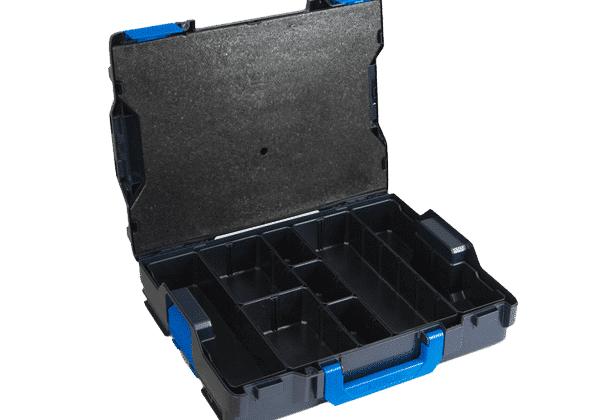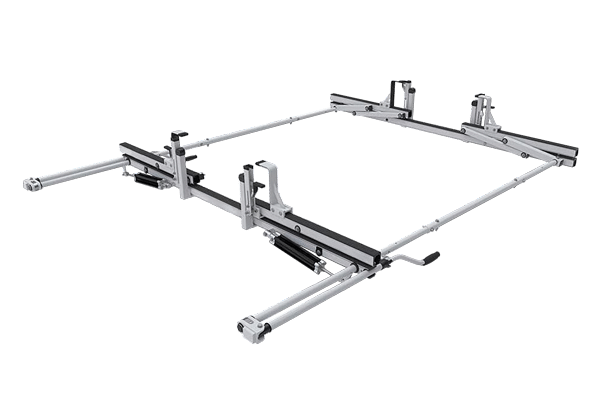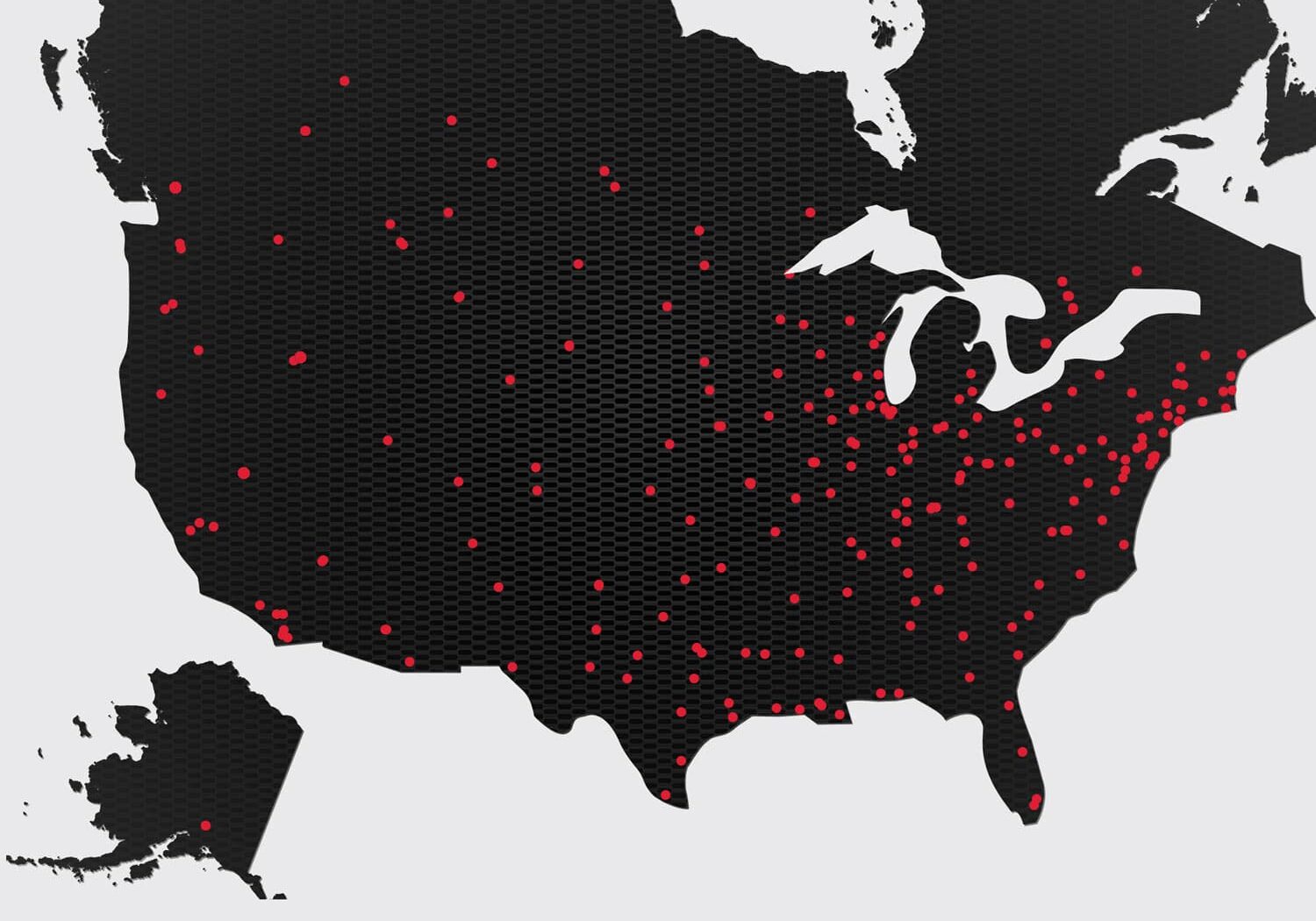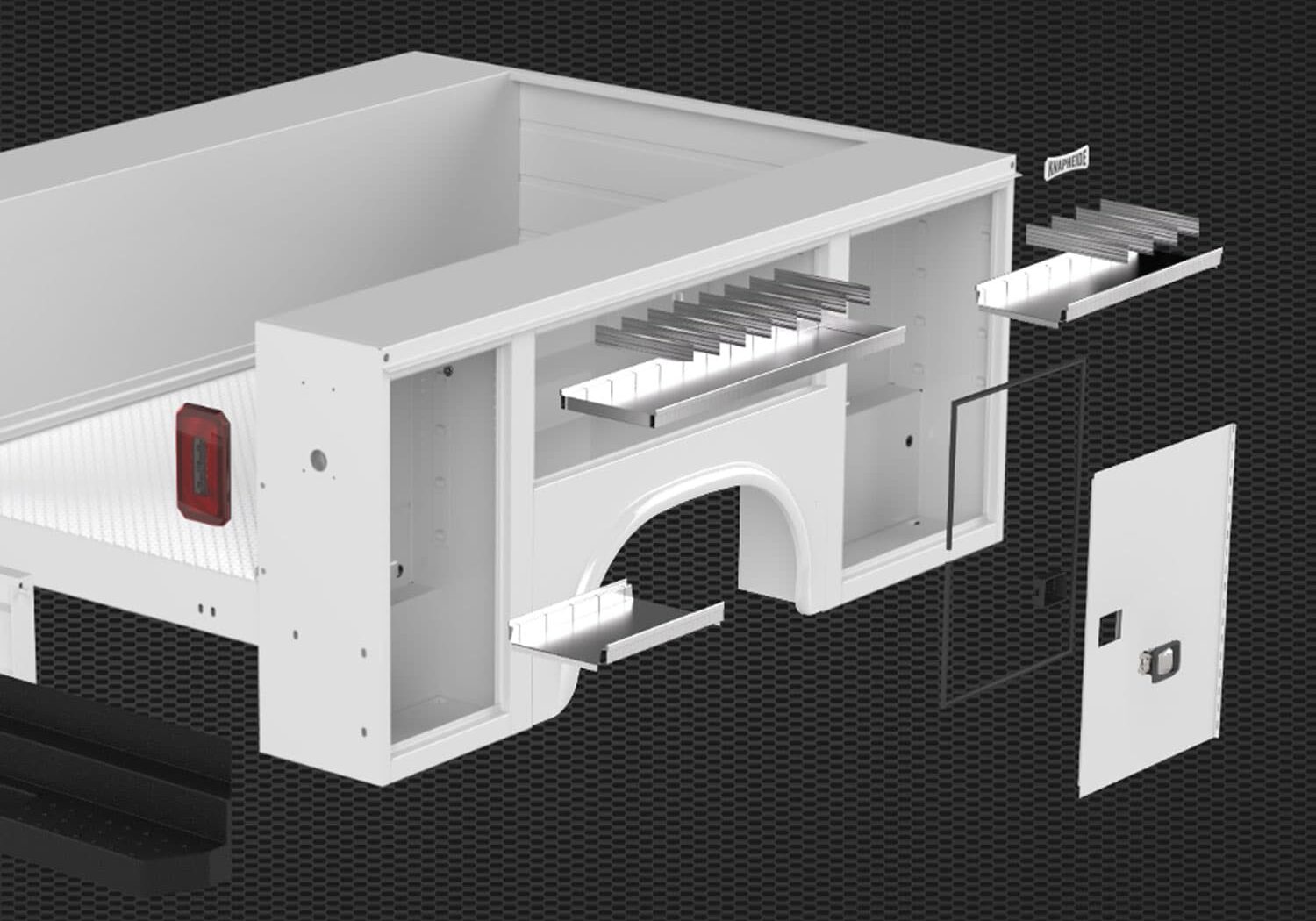Publish Date
June 19, 2023
Social Share

How many companies are there in your industry? Ten? One thousand? More? What sets you apart from the crowd?
Take a minute to think about it.
Do you have the lowest prices? Are you the best at what you do? Or, is it just that you're the only one around?
Regardless of your answer, unless of course it was “award-winning customer service,” you’re going to want to keep reading. Below, you’ll learn how to identify the different types of customers, the cost of poor customer service and tips that’ll improve your customer retention, all of which are important if you want your actions today to help grow your future business.
The Types of Customers
Essentially, there are two types of customers: transactional and relational. Transactional customers are primarily concerned with getting the best price. These are typically one-off customers; unless you always have the lowest prices and best deals. Even then, you can’t consider them loyal customers because if someone else offers a lower price for comparable goods or services, they’re switching; no hesitation.
On the other hand, you’ve got relational customers. For these customers, price isn’t the biggest consideration. Instead, they’re more concerned with relationships, trusting the brands they buy and the people they work with. This is great news because even when someone else offers a lower price, the relational customer is likely to continue working with you because they know and trust you. This is where those improved customer service skills can really be a game changer; they’ll be the difference between gaining/retaining and losing a lifetime customer.
The Cost of Poor Customer Service
According to data compiled by Zippia, “91% of customers say they won’t willingly do business again with a company that left them unhappy.” To make things worse, 61% HAVE switched to competitors after having a bad customer service experience.
So what? You lose a customer; you can totally replace them. Right? There can’t be that big of a difference between losing one and acquiring another, after all.
Actually, that’s not true. The general consensus is that it’s roughly five times more expensive to gain a new customer than it is to retain a current one. Those costs are typically associated with things like marketing and advertising. You also have to consider the types of customers you’re losing and replacing them with, as it’s not really an apple-to-apple comparison. Transactional customers will come and go, depending on your prices, while relational customers will be with you for the long haul.
Why is all of this important?
Zippia’s data indicates that about $75 billion are lost by businesses each year due to poor customer service.
That sounds like a lot of missed money and opportunity.
Leveraging Customer Service and Experience
Now, you’re probably wondering what you can do to avoid losing your customers and potential business.
Answers are never one size fits all, but taking steps to implement the tips below will definitely have you on your way to cultivating and strengthening your relationships with current and potential relational customers. Who knows, you may even convert a couple of your transactional ones.
1. Maintain a CRM System
According to Zippia, “76% of customers expect to have consistent interactions with a company no matter how many departments they talk to.” Further, many customers are frustrated when they have to repeat information after being transferred. A good CRM can be key to creating a seamless process here.
CRMs, or Customer Relationship Management systems, allow users to track relationships and log interactions with current and potential customers. In more robust systems, sales and marketing data are logged and managed, too.
To make the most out of your CRM, while you’re chatting with a customer, or potential customer, log the highlights of your conversation on their profile. This will help, down the road, when they reach back out about issues or using your services again. Then, anyone who helps is instantly able to find all the relevant information they need to be of assistance.
2. Maintain the Relationship, Even After the Transaction
Why? Because strong relationships are what motivate relational customers to keep coming back.
It’s important that, even after your complete your sale or render services, you continue reaching out to your customers. Remind them who you are and what working with you can do for them.
Perhaps one of the easiest ways to start, is by simply calling your customers afterwards; check in, see if they’re happy with their purchase/services and if they have any questions or issues.
It’s also a perfect opportunity to put your CRM to use! Check out your customer’s contact record to see what their interests and history are, and send them relevant information about your business or other deals for non-competing businesses they may be interested in.
3. Ask for Feedback, and Act on It
Customer feedback is an important resource that you should be utilizing.
Think about it.
Through that feedback, you are able to determine which areas you excel in and which could use some work. (Your customers are essentially providing you with a run-down of their experience and a blueprint on how to increase their satisfaction with your services. (Increased satisfaction = Increased likelihood of being a loyal customer))
There are many ways to go about collecting customer feedback, like surveys, comment cards, online reviews, etc. But what’s important here is less about how you collect it, and more about putting it to use.
Did you know “53% of customers believe companies don’t take any action on customer feedback” (Zippia)?
That’s crazy!
So, the next time a customer gives you constructive criticism, don’t write them off as an unsatisfied customer that you’ve lost. Instead, write the comment in your log (maybe your CRM, too), and start thinking of ways that you can improve/resolve whatever their comment pertained to. Showing your customers that you value them, and their input, will go a long way, especially when you take action.
On the other hand, when they mention something they think you’ve done well, take a mental note (and one on the CRM). These positives are often great ways to sell yourself and your business to potential customers.
Although we’re sure you already had most of this under lock, we hope that better knowing your customers and what’s important to them will help you better meet their expectations and set your business apart from the competition!


























